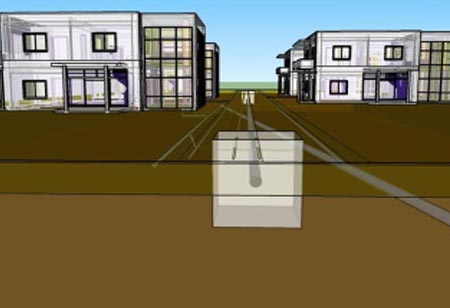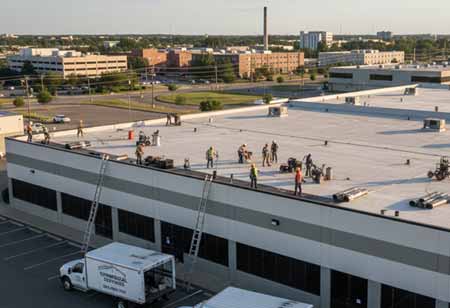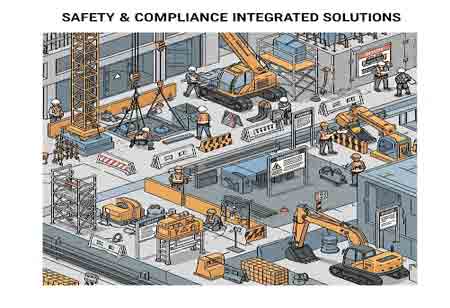Thank you for Subscribing to Construction Business Review Weekly Brief
Specials
- Apartment and Condominium Contractors Canada
- Decking Canada
- Architectural Glass Europe
- MEP APAC
- Construction Saudi Arabia
- German Apartment and Condominium Contractors
- Construction Law APAC
- Outdoor Construction
- Foundation Construction Canada
- MEP Canada
- Kitchen and Bath
- Cold Storage Construction APAC
- Precast Concrete Europe
- Construction Staffing Europe
- Pre-Construction Services
- Flooring System APAC
- Scaffolding Canada
- Swimming Pool Construction Canada
- Construction Management Canada
- Cold Storage Construction Canada
- Flooring Systems Europe
- Residential Construction
- Concrete Canada
- Construction Cladding Europe
- Construction Cladding APAC
- Concretes, Aggregates and Construction Materials APAC
- Concretes, Aggregates and Construction Materials Europe
- Commercial Contractors Europe
- Commercial Contractors APAC
- Dummy
- Construction Insulation, Coating and Waterproofing
- Construction Management APAC
- Landscaping Canada
- Construction Coating Europe
- Construction Tech Startups Europe
- Insulation Services Europe
- Mechanical Contractor Canada
- Mould Remediation and Testing Europe
- Swimming Pool Construction APAC
- Building Sealing Solutions Europe
- Construction Engineering Services
- Mechanical Electrical and Plumbing
- Roofing Systems Europe
- Architectural Glass APAC
- Startups APAC
- Construction Forensic and Owners Representative
- Flooring System
- Waterproofing APAC
- Wall Systems
- Safety and Compliance Europe
- Construction Bidding and Auctions
- Modular and Prefab Construction
- Architectural Glass
- Construction MENA
- Construction Demolition and Recycling Europe
- Modular Construction Europe
- Construction Interiors
- Steel Building APAC
- HVAC
- Doors and windows
- Construction Latam
- Building Information Modeling APAC
- Sustainable Construction APAC
- Building Restoration and Maintenance
- Commercial Contractors
- Specialty Construction
- Construction Engineering Canada
- Construction Engineering MENA
- Modular Construction Canada
- Modular Construction APAC
- Roofing and Siding Systems
- Workforce Management and Staffing
- Roofing Systems APAC
- Construction Consulting
- Steel Building Europe
- Construction Demolition and Recycling APAC
- Safety and Compliance APAC
- Concretes, Aggregates and Construction Materials
- Construction Cladding
Importance of BIM in Underground Construction
A BIM for underground applications that includes details on both above and below-ground facilities would aid in better preparation and risk analysis.

By
Construction Business Review | Monday, May 17, 2021
Stay ahead of the industry with exclusive feature stories on the top companies, expert insights and the latest news delivered straight to your inbox. Subscribe today.
A BIM for underground applications that includes details on both above and below-ground facilities would aid in better preparation and risk analysis.
FREMONT, CA: There is a scarcity of data and knowledge on subsurface conditions, such as current buried structures, such as pipes, groundwater, and geology. This lack of knowledge may have a significant effect on potential urban underground space planning and development activities to preserve, restore, update, and add new buried infrastructure. Furthermore, the subsurface ecosystem is typically unstable, and submerged infrastructure routes and conditions are typically not apparent. These facts can be due to a lack of subsurface space preparation and control—a valuable tool for demonstrating information on buried infrastructure and ground conditions in conjunction with above-ground information. A Building Information Model (BIM) for underground applications has been suggested to achieve these goals.
Many new buildings come with an as-built model that includes structural and design details. Most BIMs, on the other hand, lack knowledge on the subsurface ground conditions or buried infrastructure in the building's vicinity. As a result, a BIM for underground applications that includes details on both above and below-ground facilities would aid in better preparation and risk analysis.
More in News





